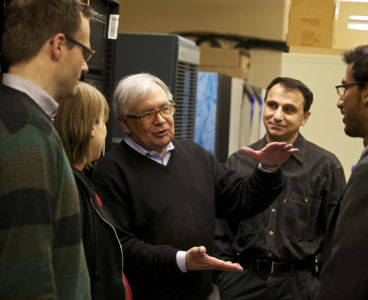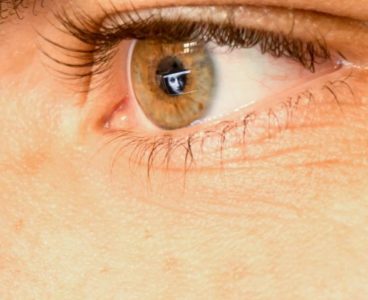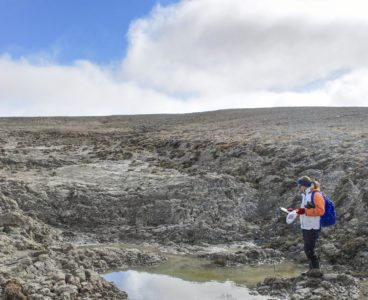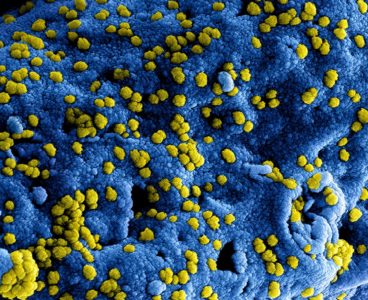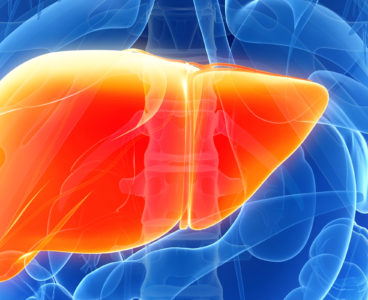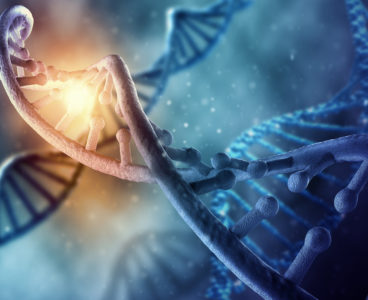
Predict Responsibly: Fairness Needed in Algorithmic Decision-making
University of Toronto PhD student David Madras says many of today’s algorithms are good at making accurate predictions, but don’t know how to handle uncertainty well. If a badly calibrated algorithm makes the wrong decision, it’s usually very wrong. “A human user might understand a situation better than a computer, whether it’s information not available because it’s…
Nanoparticles Help Find a Needle in a Haystack
Researchers at the University of Toronto have developed a new technology for a “liquid biopsy” to identify which patients might not respond to standard therapy for prostate cancer before it is delivered. Prostate cancer is the second most common cancer in men and the fifth leading cause of death from cancer in men worldwide, according…
‘Heroic Calculation’: U of T Expert on Using New Supercomputer to Shed Light on How Oceans Behave
To break in Canada’s newest, most powerful research supercomputer, the University of Toronto’s Richard Peltier is running a “heroic calculation” – one that is expected to shed new light on how the world’s oceans physically function. It’s unknown how long it will take the more than $18-million machine known as Niagara to crunch the millions of gigabytes…
Algorithm Uses EEG Data to Reconstruct Images Based on What We Perceive
Changing Landscape Means Some Arctic Ponds may Potentially be a Significant Source of Carbon Emissions
A new Canadian study has found that carbon released by some ponds in the High Arctic could potentially be a hidden source of greenhouse gas emissions. The study looked at how dissolved organic carbon (DOC) stored in Arctic permafrost – which is thawing at an accelerated rate due to climate change – is being released…
Nanocomposite Smart Material Fights Tooth Decay
When patients go to the dentist to fill a cavity, they’re trying to solve a problem — not create a new one. But many dental patients get some bad news: bacteria can dig under their tooth-colored fillings and cause new cavities, called recurrent caries. These recurrent caries affect 100 million patients every year and cost…
Two Super-Earths Around Red Dwarf K2-18
New research using data collected by the European Southern Observatory (ESO) has revealed that a little-known exoplanet called K2-18b could well be a scaled-up version of Earth. Just as exciting, the same researchers also discovered for the first time that the planet has a neighbor. “Being able to measure the mass and density of K2-18b…
New Evidence Uncovered for Alternative Style of Plate Tectonics
When renowned University of Toronto (U of T) geophysicist J. Tuzo Wilson cemented concepts in the emerging field of plate tectonics in the 1960s, he revolutionized the study of Earth’s physical characteristics and behaviours. Decades later, successor researchers at U of T and Istanbul Technical University have determined that a series of volcanoes and a…
Gluten Intolerance Appears Largely Undiagnosed in Canada
Injectible Tissue Patch Could Help Repair Damaged Organs
Why Drugs Don’t Reach Cancer Cells
For cancer patients, understanding the odds of a treatment’s success can be bewildering. The same drug, applied to the same type of cancer, might be fully successful for one person’s tumour and do nothing for someone else. Physicians are often unable to explain why. Now, University of Toronto researchers are beginning to understand one of the…
Scientists Enlist Engineered Protein to Battle the MERS Virus
In June 2012, a 60 year-old man with flu-like symptoms walked into a private hospital in Jeddah, Saudi Arabia. Two weeks later, he died from multiple organ failure, becoming the first victim of a mysterious virus that came to be known as Middle East Respiratory Syndrome or MERS. The World Health Organization (WHO) has identified…
Physicists Harness Neglected Properties of Light
University of Toronto (U of T) researchers have demonstrated a way to increase the resolution of microscopes and telescopes beyond long-accepted limitations by tapping into previously neglected properties of light. The method allows observers to distinguish very small or distant objects that are so close together they normally meld into a single blur. Telescopes and…
New Algorithms May Revolutionize Drug Discoveries
A new set of machine learning algorithms developed by U of T researchers that can generate 3D structures of tiny protein molecules may revolutionize the development of drug therapies for a range of diseases, from Alzheimer’s to cancer. “Designing successful drugs is like solving a puzzle,” says U of T PhD student Ali Punjani, who…
Tracking Traveling Cancer Cells
Cancerous tumors are known to release cells into the bloodstream, and it is these circulating tumor cells or CTCs that are the sources of metastatic tumors — tumors that spread and form in distant locations in the body. In fact, most patients who succumb to cancer do not die because of the initial tumors that…
Researchers Develop New Tool to Track Circulating Tumor Cells
Cancerous tumours are known to release cells into the bloodstream, and it is these circulating tumour cells (CTC) that are the sources of metastatic tumours – tumours that spread and form in distant locations in the body and can eventually kill patients. A breakthrough by Professor Shana Kelley’s research group at the University of Toronto…
Study: Liver Prevents Nanoparticles from Accessing Cancer Cells
The emerging field of nanomedicine holds great promise in the battle against cancer. Particles the size of protein molecules can be customized to carry tumor-targeting drugs and destroy cancer cells without harming healthy tissue. But here’s the problem: when nanoparticles are administered into the body, more than 99 percent of them become trapped in non-targeted…
Environmentally-friendly Battery Powered by Vitamins
A team of University of Toronto chemists has created a battery that stores energy in a biologically-derived unit, paving the way for cheaper consumer electronics that are easier on the environment. The battery is similar to many commercially-available high-energy lithium-ion batteries with one important difference. It uses flavin from vitamin B2 as the cathode: the…


